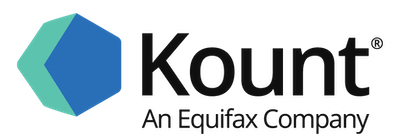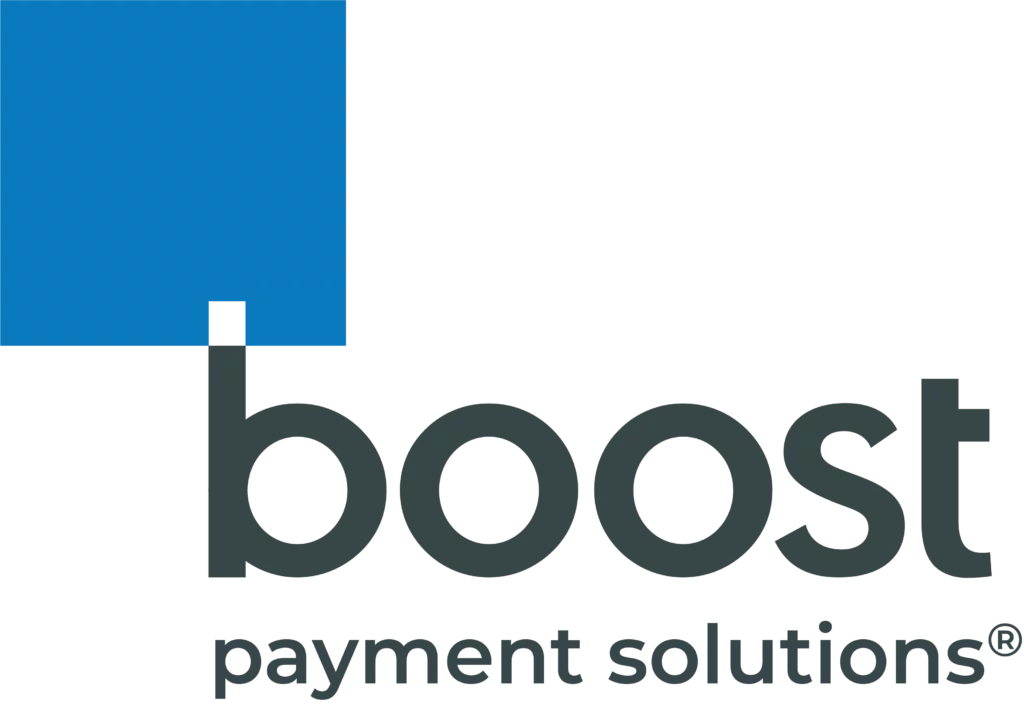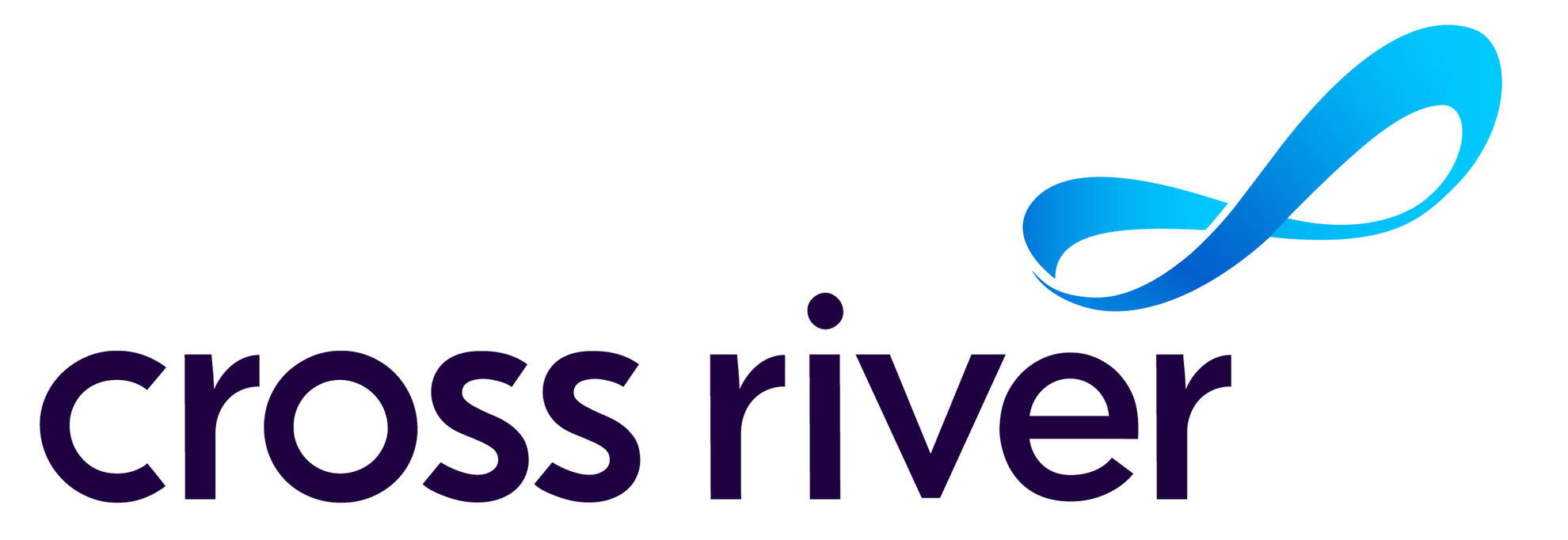Only experts and insiders can truly know what the next great payments innovations will be.
That’s why PYMNTS sat down and asked nearly two dozen of them about the payment trends and themes that they, and their organizations, have been tracking to date, plus what exciting ecosystem transformations they’re looking forward to most around the corner.
And there are a lot of them. It is set to be an exciting year and future for the payments landscape.
So, as the way individuals and businesses transact continues to change in step with evolutions of the very nature of money itself, here’s what the 23 payment industry leaders we spoke to had to say about the ways the payment sector’s supporting contexts are increasingly being swept up alongside an ongoing digital systems revolution.
Taking Payments Digital Means Making Them Personal
The rise of digital payments has brought with it a wellspring of new opportunities for businesses and payment ecosystem players to engage with their customers and optimize the relationships they have with their end-users.
Chief among those benefits is the ability to deliver a personalized experience, whether to an individual or an organization.
 “If you think about physical experiences and interactions, whether it’s in a commerce setting or others, they’re always tailored and personalized,” Jason Knell, senior director of commerce services GTM and content partnerships at Adobe, told PYMNTS. “We’re really keen to make sure that as we move to the digital world, that same tailored and personalized approach follows.”
“If you think about physical experiences and interactions, whether it’s in a commerce setting or others, they’re always tailored and personalized,” Jason Knell, senior director of commerce services GTM and content partnerships at Adobe, told PYMNTS. “We’re really keen to make sure that as we move to the digital world, that same tailored and personalized approach follows.”
For his part, Brian Gloede, head of strategic partnerships at Banyan, told PYMNTS that, “personalization is still the future of payments and FinTech writ large, and for a lot of other commercial type transactions across commerce in general. We believe that personalization should exist in the places that have a customer relationship of any kind.”
 “There are really two categories where we’re seeing big leaps forward. One is around operational improvement, improving payments in the background along the connective tissue of the ecosystem, and the other is consumer-centric around rewards and loyalty personalization,” Gloede added.
“There are really two categories where we’re seeing big leaps forward. One is around operational improvement, improving payments in the background along the connective tissue of the ecosystem, and the other is consumer-centric around rewards and loyalty personalization,” Gloede added.
And personalization is becoming more relevant than ever as organizations strive to navigate today’s macro environment.
 “We are past the heyday of grow, grow, grow in the 2010s, and I think most people are pretty saturated — now, people are really looking at how do I segment and find my super users, then retain them,” Brady Harrison, director of customer analytics solution delivery at Kount, an Equifax company, told PYMNTS. “And so, for merchants and sellers, it’s how do we keep people in our system by giving them relevant topical material… giving people the right offers contextually at the right time is key.”
“We are past the heyday of grow, grow, grow in the 2010s, and I think most people are pretty saturated — now, people are really looking at how do I segment and find my super users, then retain them,” Brady Harrison, director of customer analytics solution delivery at Kount, an Equifax company, told PYMNTS. “And so, for merchants and sellers, it’s how do we keep people in our system by giving them relevant topical material… giving people the right offers contextually at the right time is key.”
Fortunately, the digital environment is a data-rich one, and it opens the doors to bespoke applications of new innovations, such as artificial intelligence (AI).
 “By analyzing payment data, merchants can gain valuable insights because AI can identify trends and customer behaviors and help optimize pricing strategies and marketing channels [around those insights], and even predict and prevent customer churn,” Justin Shoolery, head of data science and analytics at sticky.io, told PYMNTS.
“By analyzing payment data, merchants can gain valuable insights because AI can identify trends and customer behaviors and help optimize pricing strategies and marketing channels [around those insights], and even predict and prevent customer churn,” Justin Shoolery, head of data science and analytics at sticky.io, told PYMNTS.
Ongoing Consumerization of B2B Payments
One thing PYMNTS heard repeatedly is that business customers are now starting to expect the same, seamless and technology-driven experience in B2B transactions as they receive in their day-to-day lives as consumers.
And while the B2B space traditionally has lagged consumer-facing innovations, the gap is narrowing.
 “All the innovation that’s happening in the consumer space will move into the B2B world, as well,” Anu Somani, senior vice president and head of global payables and embedded payments at U.S. Bank Global Treasury Management, told PYMNTS.
“All the innovation that’s happening in the consumer space will move into the B2B world, as well,” Anu Somani, senior vice president and head of global payables and embedded payments at U.S. Bank Global Treasury Management, told PYMNTS.
Still, Somani noted that “Different organizations are at a different place in their journey,” explaining that adopting digital payments is a “non-trivial” transformation for many organizations.
Many experts agreed that we might not see paper checks going away entirely anytime soon, but they emphasized that faster payments and improved communications between buyers and suppliers will do much to cut down on the reliance on paper-based transactions.
 “In general, business customers are no longer accepting of the clunky manual processes long associated with B2B accounts receivables,” Shawn Cunningham, managing vice president and head of Capital One Trade Credit at Capital One, told PYMNTS.
“In general, business customers are no longer accepting of the clunky manual processes long associated with B2B accounts receivables,” Shawn Cunningham, managing vice president and head of Capital One Trade Credit at Capital One, told PYMNTS.
 “Removing the manual element from having to process hundreds, thousands, tens of thousands of payments — having to manually post and reconcile these actions — that’s the area that needs a lot of focus [on innovation], because unless you can remove that manual process and the HR associated with it, you’re not going to get the type of adoption for digital payments that both buyers and suppliers want and need,” Dean M. Leavitt, founder and CEO of Boost Payment Solutions, told PYMNTS. “The payment piece is crucial for broader digitization at the enterprise level.”
“Removing the manual element from having to process hundreds, thousands, tens of thousands of payments — having to manually post and reconcile these actions — that’s the area that needs a lot of focus [on innovation], because unless you can remove that manual process and the HR associated with it, you’re not going to get the type of adoption for digital payments that both buyers and suppliers want and need,” Dean M. Leavitt, founder and CEO of Boost Payment Solutions, told PYMNTS. “The payment piece is crucial for broader digitization at the enterprise level.”
 “As 2024 dawns, we’ll likely see an increasing number of providers broaden their payments services for buyers to help hasten the shift away from the paper check,” Chris Wyatt, chief strategy and product officer at Finexio explained to PYMNTS. He projected that the use of virtual cards will proliferate and be tied to enterprise resource planning (ERP) and accounting software so that reconciliation is automatic and error-free.
“As 2024 dawns, we’ll likely see an increasing number of providers broaden their payments services for buyers to help hasten the shift away from the paper check,” Chris Wyatt, chief strategy and product officer at Finexio explained to PYMNTS. He projected that the use of virtual cards will proliferate and be tied to enterprise resource planning (ERP) and accounting software so that reconciliation is automatic and error-free.
The Ability for Both Faster Payments and Greater Payment Security
One key innovation highlighted by the experts PYMNTS spoke to was the fact that the choice between faster transactions or more secure ones is ceasing to be a choice at all. Increasingly, payments can be both: lightning-fast and rock solidly secure.
 Technologies and bank rails such as the RTP® network and the FedNow® Service have gained traction in the past year,
Technologies and bank rails such as the RTP® network and the FedNow® Service have gained traction in the past year,
offering companies the opportunity to better facilitate secure and efficient transactions that move money faster with reduced costs, Keith Vander Leest, head of payments at Cross River, said to PYMNTS.
But that doesn’t mean that the battle is over. New technologies, like AI, and bleeding-edge payment vehicles and rails, bring with them enormous benefits, but they also carry new risks.
 “We have a big identity problem,” Hicham Oudghiri, co-founder and CEO of Enigma, told PYMNTS. “The next 10 years will be very freaky in terms of fraud.”
“We have a big identity problem,” Hicham Oudghiri, co-founder and CEO of Enigma, told PYMNTS. “The next 10 years will be very freaky in terms of fraud.”
That’s why modern and innovative Know Your Business (KYB) processes are crucial for verifying the integrity of business relationships as organizations, particularly smaller businesses, work to determine whether a business is creditworthy and whether it is a legitimate entity.
 “In many ways,” Paul Fabara, chief risk officer at Visa, told PYMNTS, “this is going to become a war of AI, as to who has the strongest data sets to be able to feed those models and ultimately be able to create better protection.”
“In many ways,” Paul Fabara, chief risk officer at Visa, told PYMNTS, “this is going to become a war of AI, as to who has the strongest data sets to be able to feed those models and ultimately be able to create better protection.”
Generative AI is among the technologies that are ‘the next frontier’ in terms of protection for transactions and the payments ecosystem, Fabara added.
 Kathleen Yeh, director of product compliance at Galileo Financial Technologies, echoed that sentiment, saying that the integration of payment systems and AI may be among the most “prolific” areas of innovation in finance.
Kathleen Yeh, director of product compliance at Galileo Financial Technologies, echoed that sentiment, saying that the integration of payment systems and AI may be among the most “prolific” areas of innovation in finance.
 “Everything is becoming digitized — and everything’s faster,” Jeff Hallenbeck, head of financial partnerships at Forter, told PYMNTS. “The attack vectors are more complex. The days of merchants being able to fight all this with teams of humans … are gone. They just cannot do it anymore.”
“Everything is becoming digitized — and everything’s faster,” Jeff Hallenbeck, head of financial partnerships at Forter, told PYMNTS. “The attack vectors are more complex. The days of merchants being able to fight all this with teams of humans … are gone. They just cannot do it anymore.”
 The continued emergence of different payments rails and technologies comes with an equal number of demands by consumers to keep their data private and safe while using that data to enable new use cases in financial services, Kathryn McCall, chief legal and compliance officer at Trustly, said.
The continued emergence of different payments rails and technologies comes with an equal number of demands by consumers to keep their data private and safe while using that data to enable new use cases in financial services, Kathryn McCall, chief legal and compliance officer at Trustly, said.
Cross-Border Remains an Attractive, if Challenging, Nut to Crack
Taking the friction out of cross-border payments was top of mind for many payments industry leaders as well.
 “We’ll start to see a movement away from traditional correspondent banking,” Form3 U.S. CEO Dave Scola told PYMNTS, as real-time payments schemes and distributed ledger technologies and tokens may have a role in reducing the complexities of cross-border payments.
“We’ll start to see a movement away from traditional correspondent banking,” Form3 U.S. CEO Dave Scola told PYMNTS, as real-time payments schemes and distributed ledger technologies and tokens may have a role in reducing the complexities of cross-border payments.
But Scola emphasized that “There are a lot of other domestic payment solutions that need to be solved for first before those broader international payment solutions are solved.”
 The conversion to ISO 20022 standards “has the potential to bring additional data flows into the payment systems,” which can and will do much to eliminate the frictions that can lead to delays and mistakes when sending payments across borders, Nilesh Dusane, global head of institutional payments at Amazon Web Services (AWS), told PYMNTS.
The conversion to ISO 20022 standards “has the potential to bring additional data flows into the payment systems,” which can and will do much to eliminate the frictions that can lead to delays and mistakes when sending payments across borders, Nilesh Dusane, global head of institutional payments at Amazon Web Services (AWS), told PYMNTS.
Generational Changes Are Redefining Payments Innovations
While none of the 23 industry leaders PYMNTS spoke to were members of Gen Z themselves, they agreed that the generational cohort will have a sizable impact on both payments technologies and experiences.
 “This is the first generation of digital natives,” Jacqueline White, president at i2c, told PYMNTS, “and they prefer digital payment methods over traditional ones.”
“This is the first generation of digital natives,” Jacqueline White, president at i2c, told PYMNTS, “and they prefer digital payment methods over traditional ones.”
And that means, she added, that financial institutions (FIs) and other enterprises will have to examine the ways in which they meet younger consumers’ expectations for seamless, digital interactions.
 Younger generations are increasingly making purchases through platforms like Instagram, emphasizing the importance of being present during the discovery phase of shopping and embedding payments, Rachel Moore, senior vice president and head of incubation at Synchrony, told PYMNTS.
Younger generations are increasingly making purchases through platforms like Instagram, emphasizing the importance of being present during the discovery phase of shopping and embedding payments, Rachel Moore, senior vice president and head of incubation at Synchrony, told PYMNTS.
 “There are these amazing flywheels, or network effects, of consumers becoming more comfortable connecting and using FinTech experiences and open finance apps, trusting those services. And the user experience is becoming more native and more comfortable to people as they use it more and more often, which is increasing trust and reducing barriers to adoption,” John Anderson, head of payments at Plaid, told PYMNTS.
“There are these amazing flywheels, or network effects, of consumers becoming more comfortable connecting and using FinTech experiences and open finance apps, trusting those services. And the user experience is becoming more native and more comfortable to people as they use it more and more often, which is increasing trust and reducing barriers to adoption,” John Anderson, head of payments at Plaid, told PYMNTS.
And as younger generations increasingly expect the payment experience to move to the background of their daily lives, things like automated and transparent payments are rising to the foreground.
 Many of the payments innovations gaining momentum today have contactless interactions at their core, PSCU Chief Growth Officer Brian Scott told PYMNTS.
Many of the payments innovations gaining momentum today have contactless interactions at their core, PSCU Chief Growth Officer Brian Scott told PYMNTS.
 “The best way to deliver an experience is not to have a [payments] experience in the first place … The future is really automation, as you won’t have to think about what you need to pay, or when,” Vineeth Subramanyam, managing director and global head of Spring by Citi, told PYMNTS. “And that means more of your life will be automated, which is the pinnacle of a good experience.”
“The best way to deliver an experience is not to have a [payments] experience in the first place … The future is really automation, as you won’t have to think about what you need to pay, or when,” Vineeth Subramanyam, managing director and global head of Spring by Citi, told PYMNTS. “And that means more of your life will be automated, which is the pinnacle of a good experience.”
Innovation’s Biggest Benefit is Taking the Cost out of Payments
If an innovation doesn’t scale, then it may not turn out to be as innovative as its proponents believe.
And a low cost, or attractive unit economics, is critical to scalability.
 The success of the innovations transforming the payments industry will be more about end-user preferences and cost savings rather than any significant technology shift, Eric Shoykhet, co-founder and CEO of Link Money, told PYMNTS. “Cost is probably the No. 1 issue, at least in the U.S.”
The success of the innovations transforming the payments industry will be more about end-user preferences and cost savings rather than any significant technology shift, Eric Shoykhet, co-founder and CEO of Link Money, told PYMNTS. “Cost is probably the No. 1 issue, at least in the U.S.”
No matter the transaction, there will be an increasing awareness and use of payments orchestration.
 Interchange rates are pressured and merchants must find ways to mitigate transaction costs, Spreedly CEO Justin Benson told PYMNTS.
Interchange rates are pressured and merchants must find ways to mitigate transaction costs, Spreedly CEO Justin Benson told PYMNTS.
So there you have it — that’s what is coming next from the mouths of those who would know best.






















